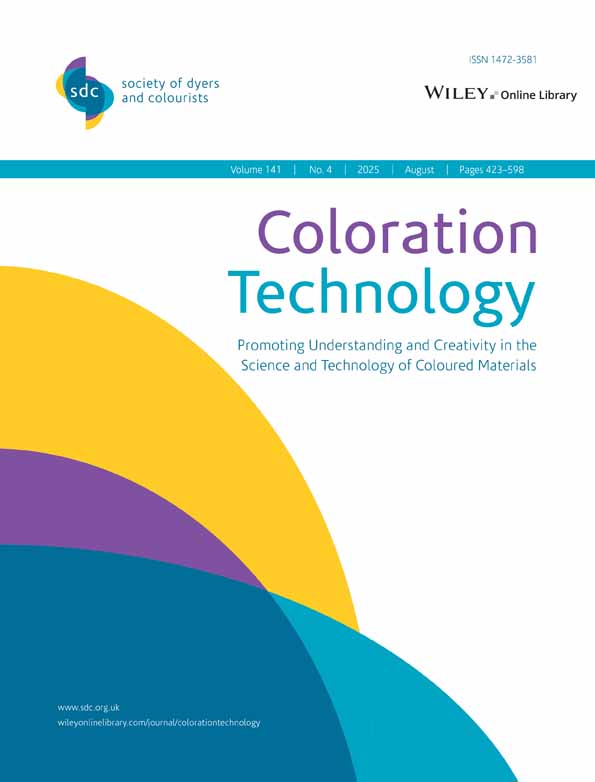The Diffusional Boundary Layer: Some Implications for the Dyeing Technologist
Abstract
This paper was presented at the Second AA TCC Inter–national Dyeing Symposium held at the Marriott Twin Bridges Hotel, Washington, D. C., USA, on 5–6 May 1980.
“mathematics are either pure or mixed. and as for the mixed mathematics, I may only make this prediction, that there cannot fail to be more kinds of them, as nature grows further disclosed.”
Modern computational devices of the 1980s, e. g., the new card programmable “pocket” calculators, provide the dyeing technologist with a useful and inexpensive means of reducing the formidability of computation associated with the use of complex diffusion equations. Armed with these modern tools, the dyeing technologist of the 1980s can use the previously imposing “boundary layer”diffusion equations of Newman or Crank in a purely chemical engineering way – coupled with statistical techniques – to estimate the optimum apparent value of L simultaneously with the optimum apparent diffusion coefficient. Analysis of real dyeing systems in terms of these fundamental physico–chemical parameters, although impossible to carry out to rigorous completion, nevertheless can help to improve the modern technologist's awareness of the influence of flow rate on level–ness in commercial dyeing processes.




